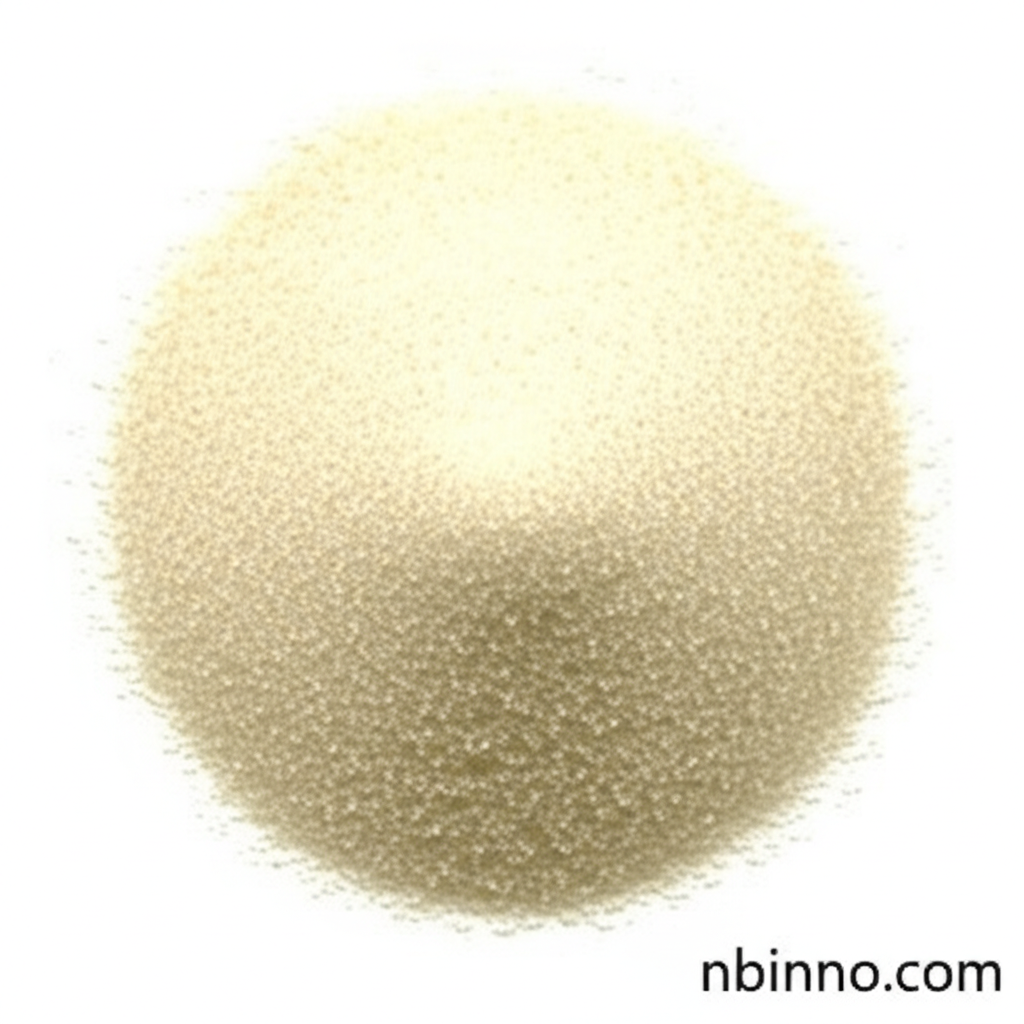2,5-Dibromo-4-methylpyridine: A Key Organic Synthesis Intermediate
Unlock complex molecular structures with this versatile building block for pharmaceuticals, agrochemicals, and advanced materials.
Get a Quote & SampleProduct Core Value

2,5-Dibromo-4-methylpyridine
As a critical organic synthesis intermediate, 2,5-Dibromo-4-methylpyridine (CAS 3430-26-0) offers exceptional utility in creating complex molecular architectures. Its dual bromine substituents provide reactive sites, making it a preferred choice for introducing diverse functional groups in sophisticated chemical pathways.
- This organic synthesis building block is essential for the pharmaceutical intermediate synthesis, enabling the creation of novel drug candidates.
- Leverage the power of this CAS 3430-26-0 pharmaceutical intermediate for efficient agrochemical precursor development, enhancing crop protection solutions.
- Its role in specialty chemical synthesis makes it invaluable for material science applications, contributing to improved product performance and durability.
- Understanding the handling of 2,5-dibromo-4-picoline is crucial for maintaining its high purity and reactivity in advanced organic synthesis building block applications.
Advantages Offered
Enhanced Molecular Design
The specific substitution pattern of 2,5-Dibromo-4-methylpyridine allows for precise control in chemical reactions, facilitating the development of molecules with tailored properties and enhanced biological activity.
Versatile Reactivity
Featuring two bromine atoms, this compound readily participates in various cross-coupling reactions, such as Suzuki and Sonogashira couplings, crucial for forming new carbon-carbon and carbon-nitrogen bonds in advanced organic synthesis.
Streamlined Synthesis
By utilizing this compound as a readily available building block, researchers and manufacturers can streamline their synthesis processes, accelerating the development of new pharmaceuticals and agrochemicals.
Key Applications
Pharmaceutical Development
The compound is a vital intermediate in the synthesis of various pharmaceutical agents, contributing to the creation of new medications for treating specific diseases.
Agrochemical Synthesis
It serves as a key precursor in the development of advanced herbicides and fungicides, significantly enhancing crop protection and agricultural yields.
Material Science
Researchers utilize this chemical in formulating specialty polymers and resins for coatings and adhesives, aiming for improved durability and superior performance characteristics.
Catalysis Research
This compound aids in the design and synthesis of novel ligands and catalysts, pushing the boundaries of organic synthesis methodologies.
